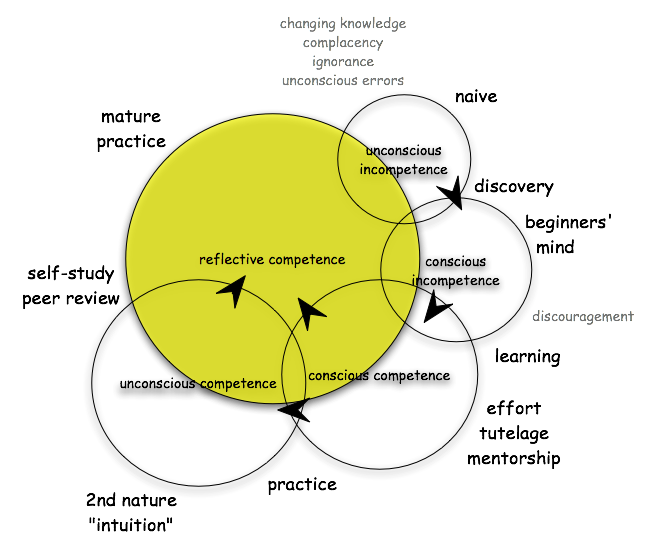It takes Courage to become old. This is what a friend of mine stated as she was recollecting what her mother had mentioned to her when she was alive. We were both having a conversation on our parents, their health and on life in general. As I was going home, the words that “It takes courage to become old” kept ringing in my ears.
I was thinking about my parents and what they have been through recently and my mom’s fight with Parkinsons’. Despite my Dad’s recent illness, his will power to look at life on a bright side and my mom’s innate ability to deal relentlessly with the challenges thrown by Parkinson’s are inspiring. Despite her down moments, I admire her resilience.
Throughout our life, there are many of us who wonder if we are leaders, are we inspiring others, are we motivating others. Yet, we forget that who we are, what we do, how we behave and how we deal with the downs of life, if done right, can be a leading example to many.
What is key to Who You Are ?
1.Your Attitude
You need to believe in yourself and you are stronger than you think. This is a matter of your attitude. Life’s events can be daunting and many moments may be such that you want to give up. I have learnt from my parents that you cannot allow yourself to be defined by what gets given to you- let life’s moments not define you, you can define life’s moments by the attitude you take. Many of life’s moments are not chosen by you, but the attitude you take to those is entirely your choice.
You may want to cringe, get angry, frustrated and by doing all that, you unfortunately make yourself worse. Deal with the emotion you are undergoing, share it, journal it and do something constructive that will enable you to move forward.
As a leader, you realize that sulking on disasters and disappointments in life is not going to help you. You need to believe in yourself, lead from within and only then can you possibly inspire others.
2.Your Values
Very often whilst coaching my clients, when I ask them to state their core values and if their actions and behaviors would exhibit those values, many of them get insights.
It is important to know who we are, what are our core values, how do our actions and behaviors define our values?
Every time I look at my parents or speak with them, I realize that they are resilient and manage themselves well emotionally. They don’t give up. They are willing to see the light at the end of a dark road. And for my sister and I, that is inspiring and encouraging.
3.You are a Risk Taker
It is easy to give up when you choose to see your obstacles as hurdles that cannot be surpassed. Yet, you have a choice to see it as challenges or opportunities and way to move forward. It encourages you to think differently, move out of your comfort zone and challenge the way you are.
For my mom, dealing with Parkinson’s is new to her. There is no prior experience and she has to face those challenging moments with a lot of grit. She does get discouraged and yet she gets out of it by the way she reacts to it and the mindset that she adopts.
As a leader, you can inspire others by the perspective you take to the troubles or challenges that come your way and overall your attitude to come through those stronger and better.
4.You Prioritize
My parents are old and the assumed tendency is that they will be slacking off and not be bothered about time. They have not done in the past and do not do so even now. They are disciplined about their time and others time. My parents still wake up early and manage their affairs well, despite many a challenge.
Are you consistent with walking your talk? How committed are you to your word? You will motivate others when you lead by example and when you value your time and those of others.
5.Your growth and development
My dad keeps himself abreast of news and developments around the world. He reads and watches news channels on TV.
Personal growth and development is fundamental to the way you come across to others. It affects your Executive Presence. When you focus on your personal growth and development, you are willing to expand your horizons and be on a continuous cycle of development and a willing learner. Humility is essential to be on the path of growth and development.
6.You are not alone
I did not realize for many years that my parents need appreciation. They don’t say it and when they do get appreciated, they feel nice. Reminders about the positive things they have done and how it matters to you is a nudge to them that they are not alone.
Praise and appreciation is required by each of us, no matter our age or gender. Even leaders who lead by example need to be appreciated and reminded that they are not alone.
You can be a leader by taking those little actions that matter. You can act and behave in a way that tells yourself or others that you are not a sum of your beliefs, fears and doubts.
For one-on-one coating, group coaching, facilitating of workshops , training needs, please consult me.









